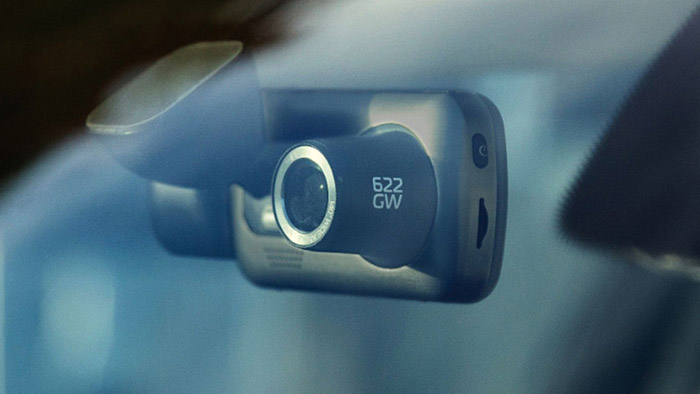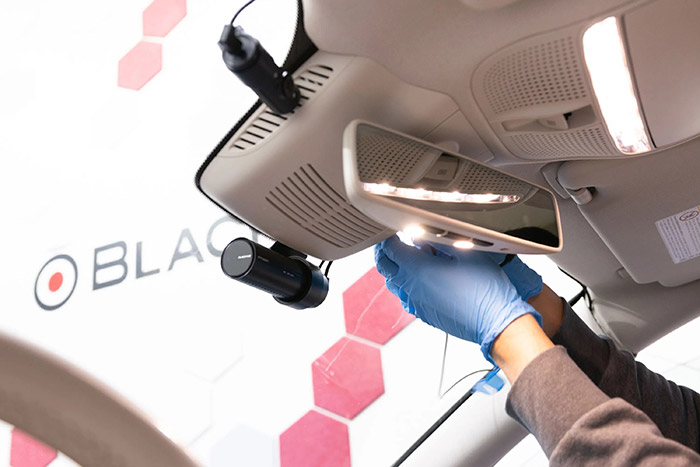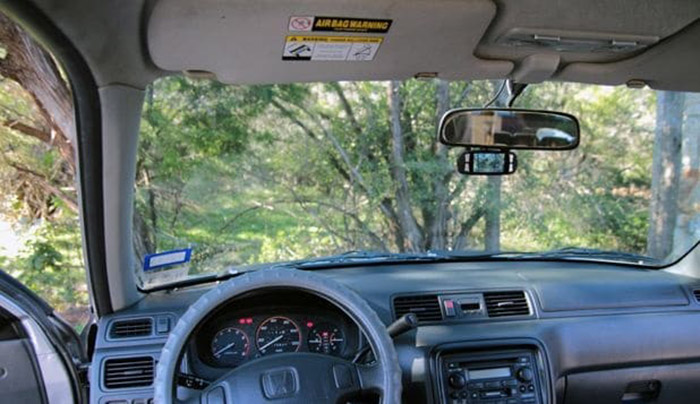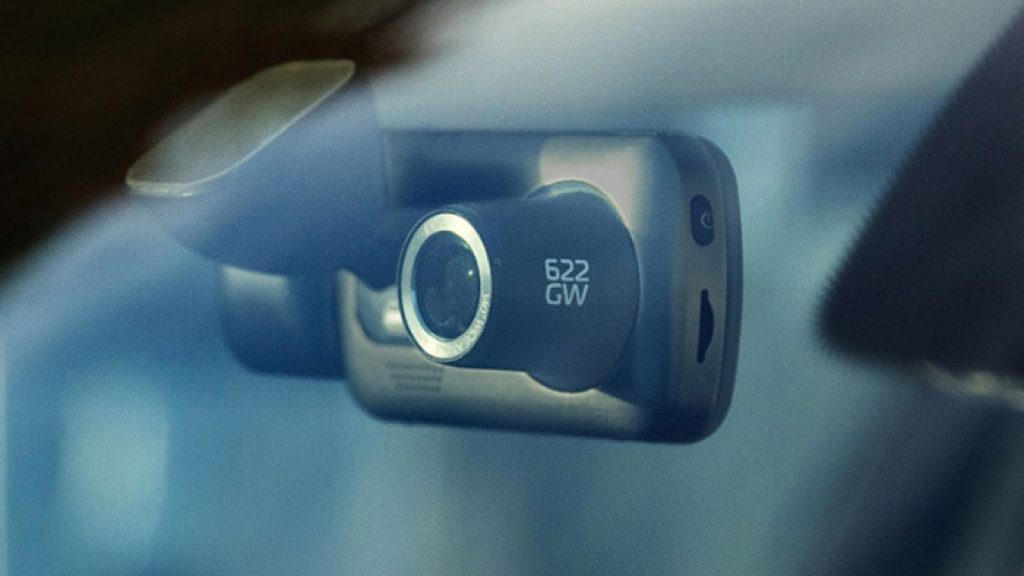Dash cameras have become increasingly popular in recent years as they provide drivers with a sense of security while on the road. These cameras record what is happening in front of the car and can help in the event of an accident or incident. However, it is essential to secure your dash cam properly to ensure that it captures all the necessary footage without obstructing your view or becoming a distraction while driving. In this article, we will discuss the benefits of using a dash cam mount, how to choose the right mount for your vehicle, and how to install it correctly.
Benefits of Using a Dash Cam Mount
One of the most significant benefits of using a dash cam mount is that it provides a secure and stable platform for your camera. When a dash cam is mounted, it is less likely to move around or fall off the windshield or dashboard while driving. This ensures that the camera captures a clear and uninterrupted view of the road ahead, increasing its effectiveness in case of an accident or incident. A dash cam mount can also reduce the likelihood of your camera obstructing your view while driving, making your ride safer and more comfortable.

How to Choose the Right Mount for Your Vehicle

There are many types of dash cam mounts available on the market, and it can be overwhelming to choose the right one for your vehicle. When selecting a dash cam mount, you should consider the following factors:
1. Type of Mount
There are two main types of dash cam mounts: suction cup mounts and adhesive mounts. Suction cup mounts attach to the windshield or dashboard with a vacuum seal, while adhesive mounts use a strong adhesive to stick to the surface. Suction cup mounts are easy to install and remove, making them a good option if you plan to move your dash cam between vehicles. Adhesive mounts are more permanent and provide a more secure fit.
2. Compatibility
Before purchasing a dash cam mount, make sure that it is compatible with your dash cam model. Most mounts are designed to fit a range of cameras, but it’s always best to double-check before making a purchase.
3. Placement
Consider where you want to place your dash cam before choosing a mount. Suction cup mounts are typically placed on the windshield, while adhesive mounts can be attached to the dashboard or other surfaces. Ensure that the mount’s placement doesn’t obstruct your view while driving and that the camera captures a clear view of the road ahead.
4. Adjustability
Look for a mount that allows you to adjust the camera’s angle and position. This will enable you to get the best view of the road ahead, no matter where you mount the camera.
How to Install a Dash Cam Mount

Once you have chosen the right mount for your vehicle, it’s time to install it correctly. Follow these steps to ensure a secure and stable fit:
1. Clean the Surface
Before installing the mount, ensure that the surface is clean and free from dirt, dust, and grease. Use a clean cloth and rubbing alcohol to clean the surface thoroughly.
2. Attach the Mount
Attach the mount to the desired location, whether it’s the windshield or dashboard. For suction cup mounts, press down on the suction cup firmly until it sticks to the surface. For adhesive mounts, peel off the protective backing and press the mount down onto the surface.
3. Adjust the Angle
Adjust the camera’s angle and position until it captures the best view of the road ahead. Make sure that the camera’s view is not obstructed by the mount or any other objects in the car.
4. Secure the Dash Cam
Once the mount is in place, attach the dash cam to the mount according to the manufacturer’s instructions. Ensure that the camera is securely attached to the mount, and test that it is stable and not moving around.
5. Route the Cable
Route the cable from the dash cam to the power source, ensuring that it is not obstructing your view or becoming a distraction while driving. Tuck the cable away neatly to keep your car’s interior looking clean and organized.
Conclusion
A dash cam is an essential piece of equipment for any driver, but it’s important to use a mount to ensure that it is properly secured and positioned. Choosing the right mount and installing it correctly can make a significant difference in the effectiveness of your dash cam, as well as your safety and comfort while driving. With the information in this article, you can make an informed decision when selecting a dash cam mount and confidently install it yourself.
FAQs
[wpsm_accordion][wpsm_accordion_section title=”Do I need to remove the mount when I park my car?”]It depends on the mount type. Suction cup mounts can be removed easily, while adhesive mounts may be more challenging to remove without leaving residue. Check the manufacturer’s instructions to determine whether the mount should be removed when parking.[/wpsm_accordion_section][wpsm_accordion_section title=”Can I mount my dash cam on the rearview mirror?”]It’s not recommended to mount your dash cam on the rearview mirror, as it may obstruct your view while driving. Instead, use a mount that attaches to the windshield or dashboard.[/wpsm_accordion_section][wpsm_accordion_section title=”What is the best angle to mount a dash cam?”]The best angle to mount a dash cam depends on your car’s design and your preferred view. However, it’s recommended to mount the camera high on the windshield, near the rearview mirror, to capture the most significant area of the road ahead.[/wpsm_accordion_section][/wpsm_accordion]



